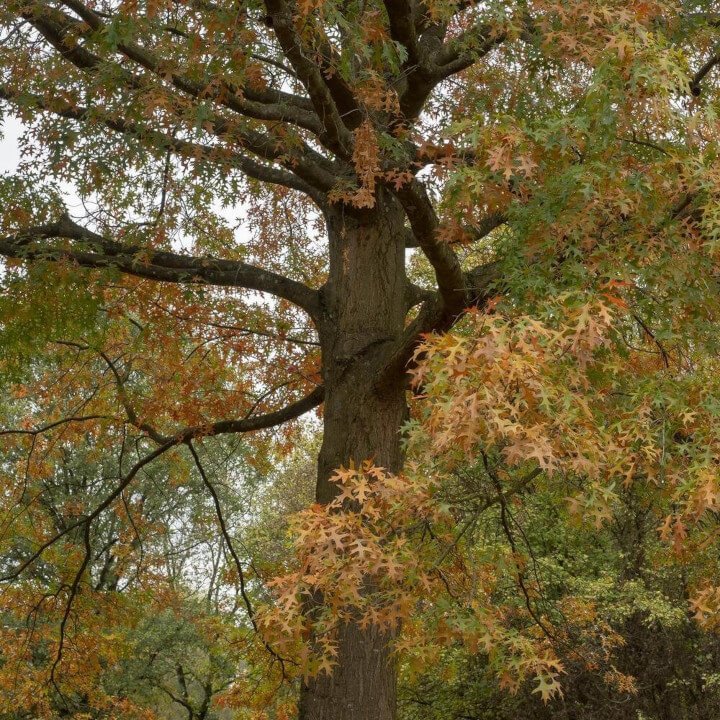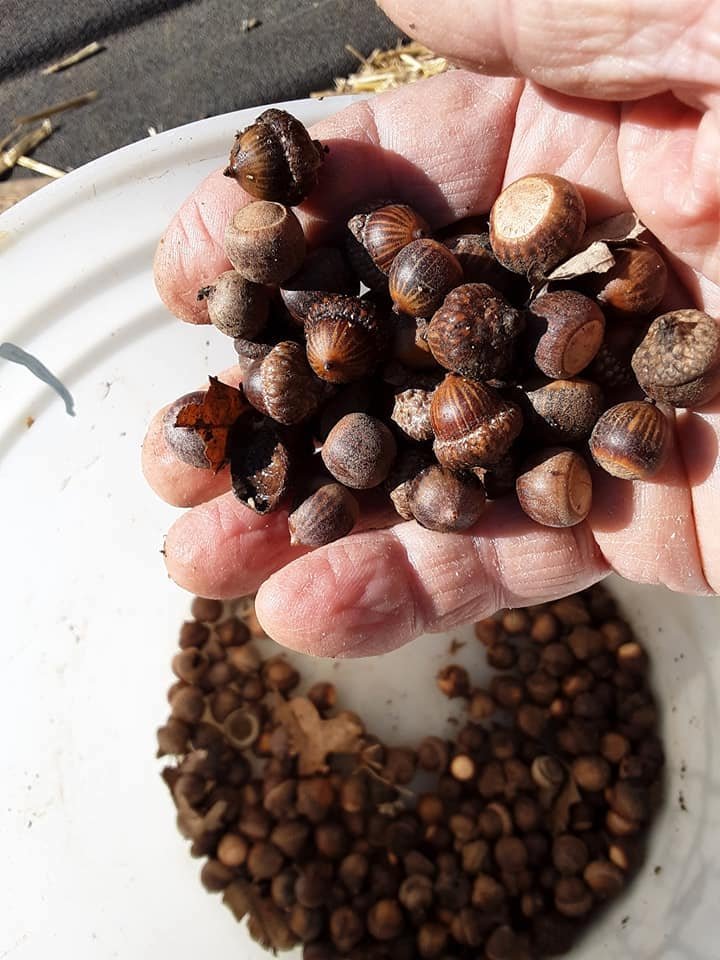While the pin oak might seem like an average oak tree, it’s a great option for Nashville’s urban canopy, particularly because it’s native to Tennessee’s mild-to-warm and slightly humid climate. That preference is reflected in its scientific name, Quercus (oak) palustris (swamp or marsh), and its other common name, the swamp oak. This deciduous tree likes moist soils that are slightly acidic, which makes it a robust city tree since it can tolerate some pollution. Its unique leaves, fast growth rate, and native status make the pin oak tree an excellent landscaping choice for almost any Nashville yard.
Read MoreWe love the trees that line our neighborhood streets and stand tall in our yards, but when one of them falls over, it may have to be dealt with differently depending on where it lands. Part of your tree management strategy should include keeping an eye on the condition of trees in your yard, as well as those in your neighbors’ yards that are tall enough to reach your property, in anticipation that the winds of fate may blow in your direction. In this article, we’ll discuss how to minimize and deal with the damage, disruption, and potential conflict that may arise from a fallen tree in a neighborhood setting.
Read MoreKeeping trees in place is as important as planting new ones. Mature trees do much more work than young saplings can, and they are powerhouses of ecosystem services. While planting new trees is an exciting activity, there are many reasons to save healthy, established trees from being cut down. In this article, we’ll go over the nine main benefits of saving trees for our neighborhoods and our health.
Read MoreIn residential yards and the countryside alike, one of the most common and easily spotted trees in Tennessee is the American beech (Fagus grandifolia). The beech tree reaches across eastern North America, from the southern states to southeastern Canada. One of the main nut producers in hardwood forests, beech trees are in the same family as oaks and chestnuts, but the beech’s unique smooth bark and burr-like seed shells, along with its habit of holding on to its leaves throughout the winter, make this tree easily distinguishable.
Read MoreDigging a hole to plant a tree doesn’t seem very complicated, but it also isn’t as easy as you might think. The size and shape of a hole in the ground can affect how well a tree can extend its roots and establish itself, and if the planting is done wrong, the tree might not survive. To be sure that your sapling’s new home in the ground is prepared correctly, we’ll go over how to dig a hole for a tree that will result in the best long-term health and growth.
Read MoreAn essential aspect of how to plant a tree for long-term success is choosing the right location. Whether planting a seed or a sapling, choosing the location in your yard for a new tree is a strategic decision, and it will be based on a few criteria.
Read MoreWhen we think of planting a tree, we often imagine a sapling that’s already several feet tall with a root system ready to be set into the ground. However, even the biggest trees begin as a seed, and in some situations, planting a seed might be the preferable way to establish a new tree.
Read MoreLearn how the American elm tree, once more widespread than today, has recovered in hardiness and is making a comeback after being decimated by disease.
Read MoreLearn what steps you can take to help your tree go dormant this fall, make it through the winter, and wake up happy and healthy in spring.
Read MoreThere are many varieties of oak trees, resulting in an array of options when you’re choosing one or more to plant. Learn why an oak isn’t just an oak!
Read MoreIn certain tree species, male specimens may take on female characteristics under stressful conditions.
Read MoreLearn why and how tree leaves change color in autumn! All of our favorite colors are actually expressions of the tree’s preparation for winter.
Read MoreBig trees that are planted too close to a home can damage the foundation of the house. Find out how this happens and what you can do to prevent it.
Read MoreProfessional tree appraiser Marty Shaw explains why the mature tree in your yard may be worth far more than you think.
Read MoreWhen planting a new tree, be sure to plant it far enough from your home’s water and sewer lines so that the tree’s roots won’t reach into the pipes.
Read MoreAsh trees in Nashville are facing massive death and decline from Emerald Ash Borer in the next two to three years.
Read MoreLearn how you can reduce the chance of a power outage from a fallen tree or branch by planting your trees far enough away from electrical lines.
Read MoreChinese privet is an aggressively spreading bushy tree that wreaks havoc on Tennessee’s landscapes. Here’s why it’s so bad and what we can do about it.
Read MoreExtreme heat and lack of water could be causing leaf scorch on your dogwood tree.
Read MoreLearn how the unique characteristics of the Bald Cypress make this tree a top choice to build the canopy and reduce pollution in neighborhoods across Nashville.
Read More
















